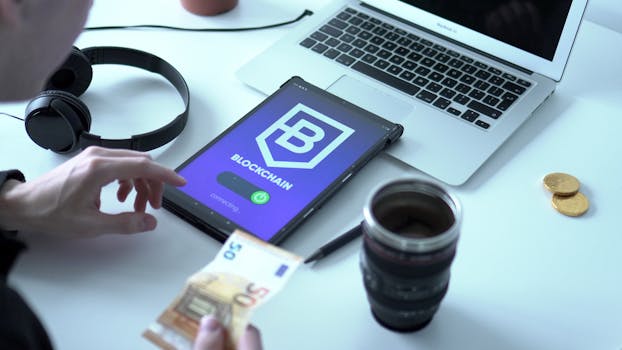How Blockchain is Revolutionizing Digital Payments
Blockchain technology is making significant strides in reshaping various industries, with digital payments being one of the most impacted sectors. This revolutionary technology offers a decentralized and secure platform, leading to a transformation in how transactions are processed globally. In this article, we explore how blockchain is revolutionizing digital payments, providing an in-depth look at the main approaches, comparing their advantages and disadvantages, and offering practical examples.
Understanding Blockchain in Digital Payments
Blockchain is essentially a distributed ledger technology (DLT) that records transactions across multiple computers so that the record cannot be altered retroactively without the alteration of all subsequent blocks and the consensus of the network. This technology underpins cryptocurrencies like Bitcoin and Ethereum, which have introduced a new paradigm for digital currencies and transactions without the need for traditional intermediaries such as banks.
Cryptocurrency Payments
One of the most direct applications of blockchain in digital payments is through cryptocurrencies. These digital currencies use blockchain to facilitate secure and transparent transactions. Bitcoin, the first and most well-known cryptocurrency, enables users to send and receive payments anywhere in the world without the need for traditional banking services.
Advantages:
- Reduced transaction fees compared to traditional banking systems.
- Faster international transactions, circumventing the delays of cross-border banking.
- Enhanced security and privacy, as transactions do not require personal information.
- High volatility of cryptocurrencies can affect the transaction value.
- Limited acceptance by merchants and consumers.
- Regulatory uncertainty in many countries.
- Lower fees compared to traditional remittance services.
- Faster transfer of funds, often near-instantaneous.
- Increased access for unbanked or underbanked populations.
- Still not as widely available as conventional services.
- Possible technical challenges for users unfamiliar with blockchain technology.
- Dependence on the stability and security of the underlying blockchain.
- Automation reduces the need for manual processing and intervention.
- Increases the speed and efficiency of payments.
- Enhances security as the contracts are immutable and tamper-proof.
- Requires a high level of technical expertise to develop and deploy.
- Potential for coding errors which can be difficult to rectify.
- Legal and regulatory challenges in integrating with traditional legal frameworks.
Disadvantages:
Practical Example: A notable example is BitPay, a payment service provider that processes payments made with Bitcoin and other cryptocurrencies, allowing merchants to accept payments in digital currencies.
Blockchain Remittance Solutions
Another application is in remittances, where blockchain can facilitate faster and cheaper cross-border money transfers. Blockchain-based remittance services reduce the need for intermediaries typically involved in these transactions, such as banks and money transfer operators.
Advantages:
Disadvantages:
Practical Example: Companies like Ripple are at the forefront, using blockchain to enhance the speed and reduce the costs of cross-border payments. Ripple’s technology is used by various banks and financial institutions to improve the efficiency of their international money transfer operations.
Smart Contracts for Automated Payments
Blockchain technology also enables the use of smart contracts – self-executing contracts with the terms of the agreement directly written into code. In digital payments, smart contracts can automate and secure the transaction process.
Advantages:
Disadvantages:
Practical Example: Ethereum’s platform is widely used for creating and executing smart contracts, enabling automated payment conditions for various applications, from insurance premiums to supply chain payments.
Conclusion: The Future of Blockchain in Digital Payments
Blockchain is undeniably transforming the landscape of digital payments, offering more secure, efficient, and cost-effective solutions. As the technology evolves and becomes more integrated into mainstream financial systems, its potential to further enhance and innovate the payments industry is immense. Whether for cryptocurrency transactions, remittances, or smart contracts, blockchain is setting the stage for a more decentralized and transparent financial future.
For businesses and individuals alike, staying informed and possibly even venturing into blockchain-based payment solutions could be a strategic move towards leveraging the technological advancements for better security, efficiency, and cost savings in financial transactions. As with any emerging technology, it is essential to approach adoption and investment with thorough research and consideration of the specific needs and regulations of your locale.
For more detailed insights and updates on how blockchain technology continues to evolve and impact various sectors, keep an eye on trusted financial technology news platforms and official financial regulatory bodies. Embrace the future of payments, today!

.png)





